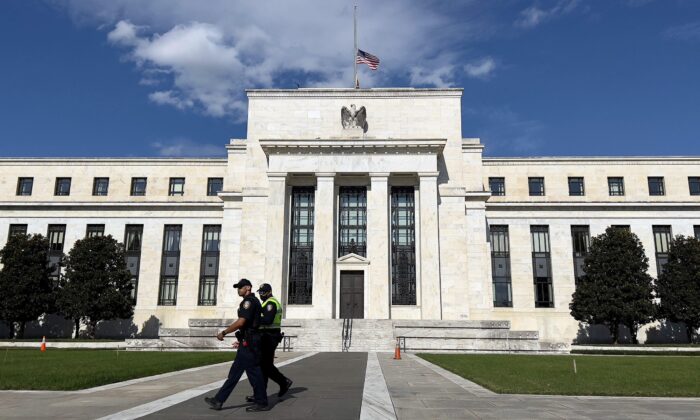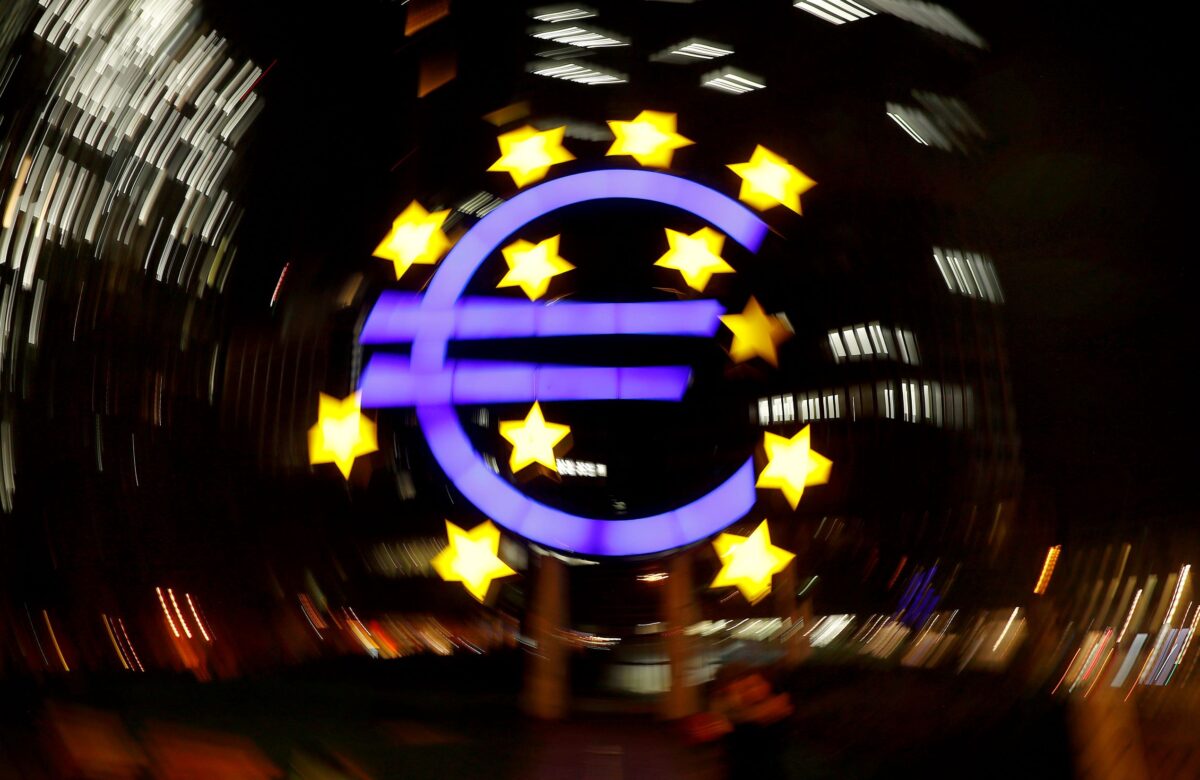
News Analysis
Inflation is swelling across both advanced and developing economies, impacting a wide range of goods and services in the global marketplace. What does this mean for monetary policy in 2022?
Financial markets are betting on tighter monetary policy next year as prices continue to spike in multiple sectors. Analysts anticipate a steady withdrawal of stimulus and relief efforts, from gradual interest rate hikes to modest trimming of quantitative easing programs. How much of an effect this will have on ballooning inflation is unclear. Still, some experts assert that a return to monetary normalcy will be a challenge after pumping trillions of dollars into the economy.
Federal Reserve has initiated tepid tapering endeavors. Bank of England (BoE) has signaled that it is preparing for rate increases. European Central Bank (ECB) has been pushing back against tightening. Bank of Canada (BoC) appears confident enough in the nation’s post-pandemic economy to unwind QE and begin raising interest rates.

Balance Sheet Blues
Central banks everywhere accumulated vast sums of assets to cushion the economic blows of the COVID-19 pandemic. In addition to possessing traditional roles of regulator and supervisor, many of these institutions became participants in the economy, acquiring billions of dollars worth of corporate bonds and, in some cases, stocks.
As a result, central banks’ balance sheets have increased considerably over the last 20 months.
Fed’s total consolidated assets stand at about $8.7 trillion. ECB’s balance sheet is roughly $7.9 trillion. Bank of Japan (BoJ) possesses approximately $7.25 trillion in total assets. People’s Bank of China (PBoC) is estimated to hold $6 trillion on the books.
“Central bank policies remain on steroids,” said Jerome Jean Haegeli, the chief economist at Swiss Re AG in Zurich.
Some organizations will speed up the pace of ending these QE programs. Others, such as the Fed and ECB, will be waiting for more economic data, including jobs and GDP, before pulling the trigger on accelerated tightening. Either way, Tavi Costa, a Portfolio Manager at Crescat Capital, says that these institutions have decimated their balance sheets.
“What we are seeing is a new trend of creating and improving international reserves of central banks. That means buying gold to improve central bank balance sheets,” Costa told Pezou.
He also believes that the renewed rally in gold has emphasized the need for monetary tightening.
Costa noted that central banks could not shrink inflation by adding to the balance sheet and leaving interest rates near zero. Fed is projected to add $400 billion in assets until next summer despite tapering measures, while JPMorgan Chase & Co economists predict that central banks in advanced economies will still add a net $1.5 trillion in assets to their balance sheets next year, with global rates slated to rise just 11 basis points to an average of 1.48 percent.
“This is a macro regime change that will drive inflationary forces higher,” Tavi said.
With inflation climbing to multi-year highs, there are calls for these institutions to speed up their tapering campaigns. But one central bank chief avers that they need to take their time.
In an op-ed in the Financial Pezou, Tiff Macklem, the Governor of the Bank of Canada, purported that “monetary stimulus is still required” as economies continue overcoming the consequences of the global health crisis. Macklem conceded that ending exceptional policies is challenging, adding that it is crucial to adjust a policy framework that takes into account changing circumstances.
“What our resolve does mean is that if we end up being wrong about the persistence of inflationary pressures and how much slack remains in the economy, we will adjust. Our framework enables us to do just that,” he wrote.
Will Market Exuberance Subside?
U.S. financial markets have been on a remarkable bull run as the leading benchmark indexes regularly post fresh record highs, thanks to a blend of fiscal and monetary support. However, as central banks start to trim asset purchases, market analysts agree that there is still plenty of ambiguity about how the markets will respond in 2022.
ECB officials warned in their latest Financial Stability Review this behavior of “exuberance” for nearly two years might make the equities arena “susceptible to corrections” as investors search for yield amid rising inflation and declining real interest rates.
“Concerns particularly relate to pockets of exuberance in credit, asset, and housing markets as well as higher debt levels in the corporate and public sectors,” the ECB said. “A correction in markets could be triggered by a weaker than expected economic recovery, spillovers from adverse developments in emerging market economies, a re-intensification of stress in the non-financial corporate sector or abrupt adjustments in market expectations regarding the prospective path of monetary policy normalization.”
Other strategists suggest that tapering could be good for stocks, according to the S&P 500’s history. Data compiled by CFRA Research shows that, despite initial pullbacks in the May 2013 taper tantrum, stocks proceed to rally.
“After a very minor pullback known as the ‘taper tantrum’ stocks took off,” said Sam Stovall, chief investment strategist at CFRA Research. “Above average market returns across all styles, sectors and up to 80% of all sub-industries.”
Although the S&P 500 slumped nearly 6 percent in a month, Stovall says there is a false perception of “a near-bear market.”
“It ended up being barely a pullback,” he added.
Market observers note that Fed Chair Jerome Powell might be studying lessons from history to determine the correct course of action and avoid past mistakes. Powell, who is nearing the end of his first term as head of the central bank, has stressed a more “patient” approach to normalizing and, according to some economists, conveyed a message of disassociating interest rates and asset purchases.
“I think we’re learning that we have to be humble about what we know about this economy, which is still very COVID-affected,” Powell told reporters earlier this month after the Federal Open Market Committee (FOMC) policy meeting.
With interest rates and inflation becoming the focus for central banks and traders, wealthy investors have turned bearish on the market. A recent survey from Morgan Stanley’s E-Trade revealed that a growing number of affluent investors with $1 million or more in their portfolios think the market will drop this quarter. Whether this attitude stays the same or not in 2022 remains to be seen.
Pezou : Central Banks’ Balance Sheets in Focus as Global Inflation Soars